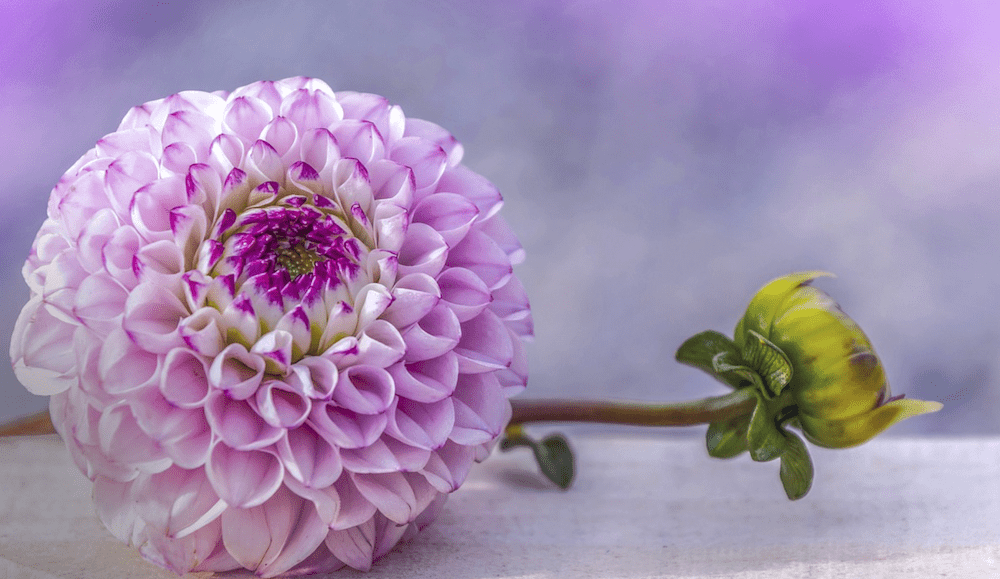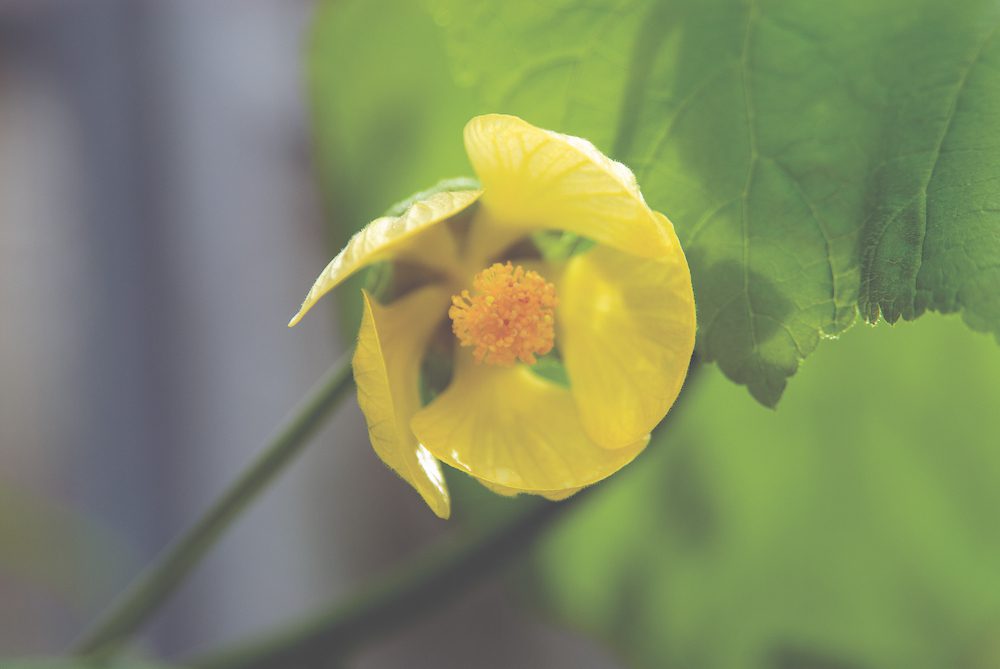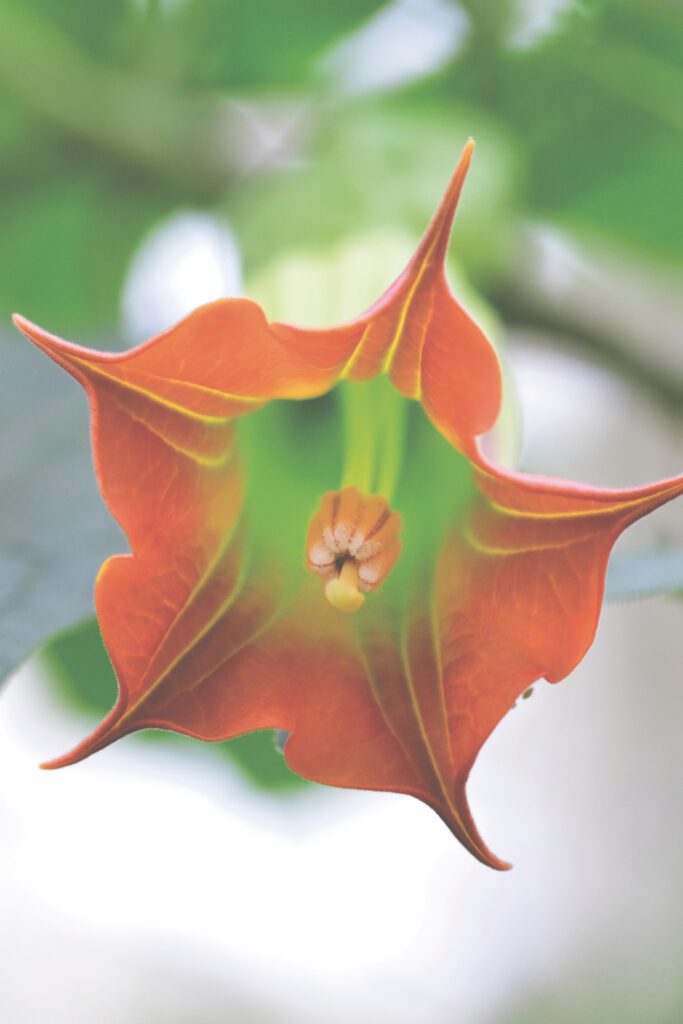Heading Towards Extinction? Royal Botanic Study Cites These Flowers
By Jill Brooke

Don’t we love dedicated gardeners and researchers who realize that plants, flowers and seeds hold the keys to our history and future?
An unprecedented international collaboration organized by the Royal Botanic Gardens, Kew to show how people are currently using plants and fungi, what useful properties are being neglected, and what is at risk of being lost was conducted and now has been released.
It’s called The State of the World’s Plants and Fungi 2020.
The comprehensive report estimates that nearly 40 percent of the world’s plant species are at risk of extinction.
I know that doesn’t sound promising however this clarion call is getting people to gather together – nice word together – for a series of measures to improve the world’s plant research collections and enhance access to the data contained in nearly 400 million preserved plant specimens.
This is a crucial component in addressing environmental challenges such as biodiversity loss and climate change.
The report, the fourth in Kew’s survey of the world’s plants since 2016, summarizes the findings of 210 scientists from 42 countries whose work is being simultaneously published as a series of research papers in the scientific journal Plants, People, Planet.
Among the subjects covered by the report are endangered plants; new species; uses of plants for food, fuel, and medicine; and global research plant collections, such as NYBG’s William and Lynda Steere Herbarium, which, with 7.8 million specimens, is the second-largest herbarium in the world.
According to NYBG’s Index Herbariorum, which tracks research plant collections globally, there are currently 3,324 active herbaria in the world with an estimated 392.4 million preserved specimens, which are generally pressed and dried and mounted on sheets of paper with information about their species and where, when, and by whom they were collected. These specimens have long been an invaluable resource for botanists, conservationists, and land-use managers, among others. More recently, the revolution in molecular biology—the study of a species’ DNA—has increased demand for DNA samples, and digitization of a specimen’s data is making it easier for researchers to aggregate information from far-flung collections.
“Herbaria, like all-natural history collections, not only preserve a record of life on Earth, but foster international collaborations in research, conservation, and education,” said Barbara M. Thiers, Ph.D., Vice President and the Patricia K. Holmgren Director of the Steere Herbarium, who was part of the team that studied current and potential uses of research collections. “Working as a community to share specimens and digitized specimen records and images amplifies the power of these resources for addressing our current environmental challenges.”
By one estimate, only 21 percent of the specimens in the world’s herbaria have been digitized, according to the report.
We are big fans of the New York Botanical Garden – which is like a Harvard lab for flowers.
This is also an example of how international cooperation produces glorious results.
Here are four flowers we liked that are at risque and hopefully awareness will be raised for their survival.
At least positive seeds of possibility have been planted!

Abarema filamentosa—A member of the Leguminosae family, this species from the Atlantic Coastal Forest in Brazil is classified as vulnerable to extinction by the International Union for Conservation of Nature and Natural Resources. (Credit: João Iganci)

Abutilon pitcairnense—The only known wild specimen of Pitcairn Island’s yellow fatu (Abutilon pitcairnense) was wiped out in a 2005 landslide. Fortunately, cuttings had already been taken, and plants are in ex situ cultivation. (Credit Marcella Corcoran/Royal Botanic Gardens, Kew)

Brugmansia sanguinea—A medicinal plant native to Latin America, Brugmansia sanguinea is one source of the drug atropine. This species is now extinct in the wild. (Credit: Royal Botanic Gardens, Kew)

Cephalanthera rubra—Red helleborine (Cephalanthera rubra) is one of the rarest orchids in the United Kingdom, currently known from only two populations in southern England. (Credit: Royal Botanic Gardens, Kew)
Jill Brooke is a former CNN correspondent, Post columnist and editor-in-chief of Avenue and Travel Savvy magazine. She is an author and the editorial director of FPD.
